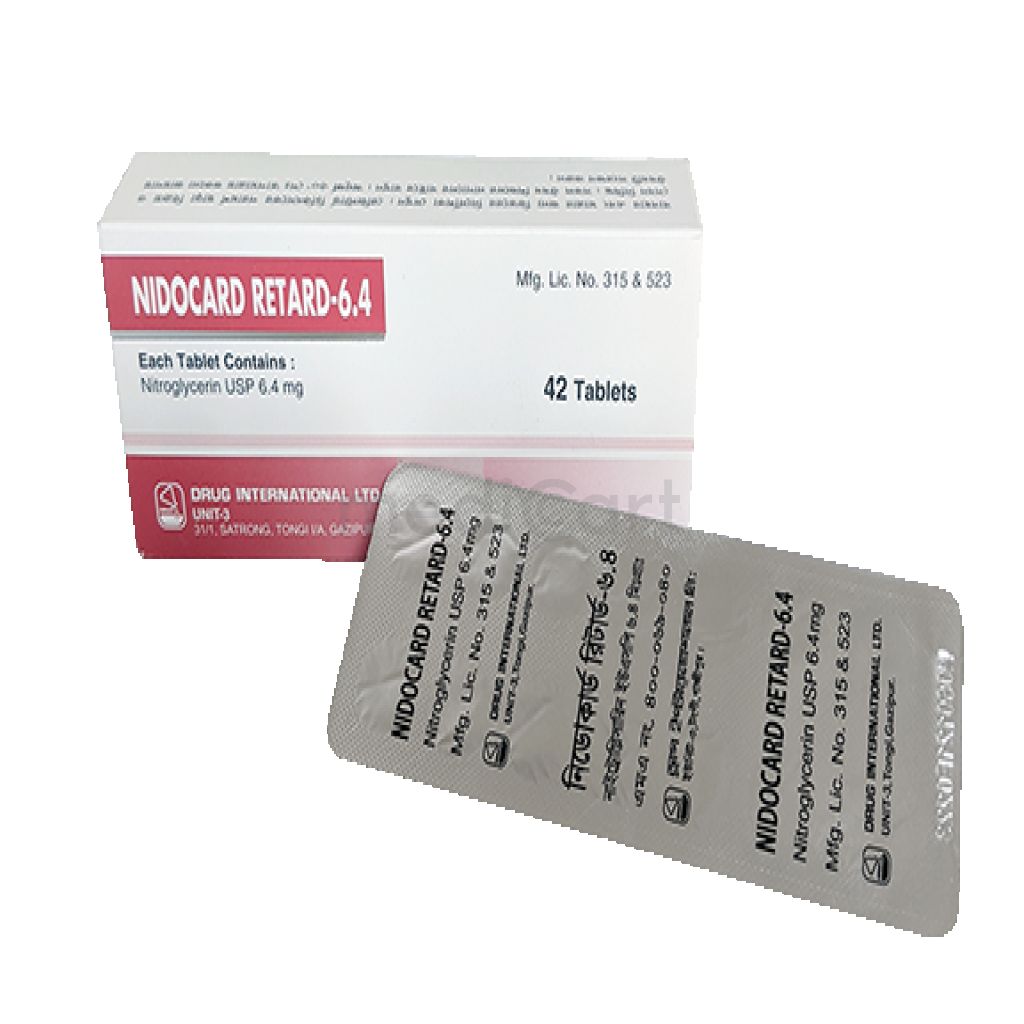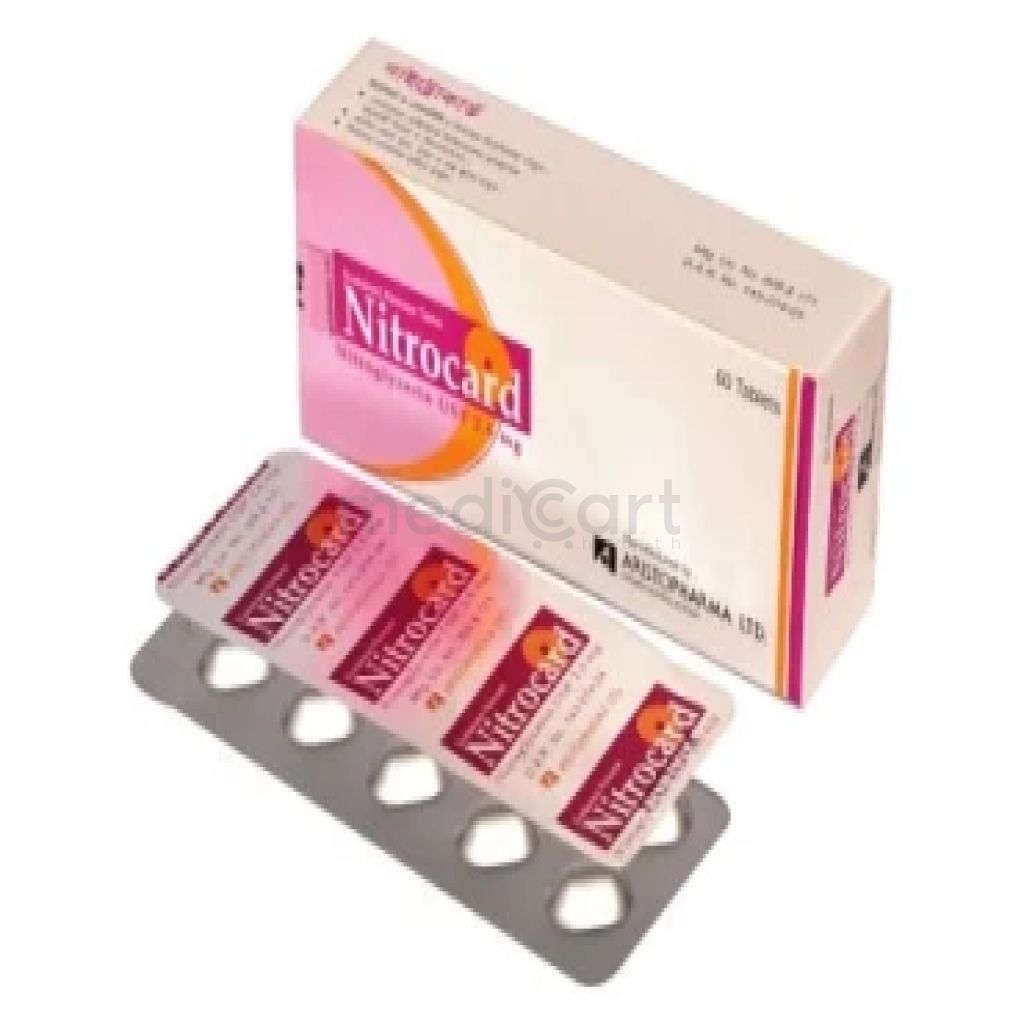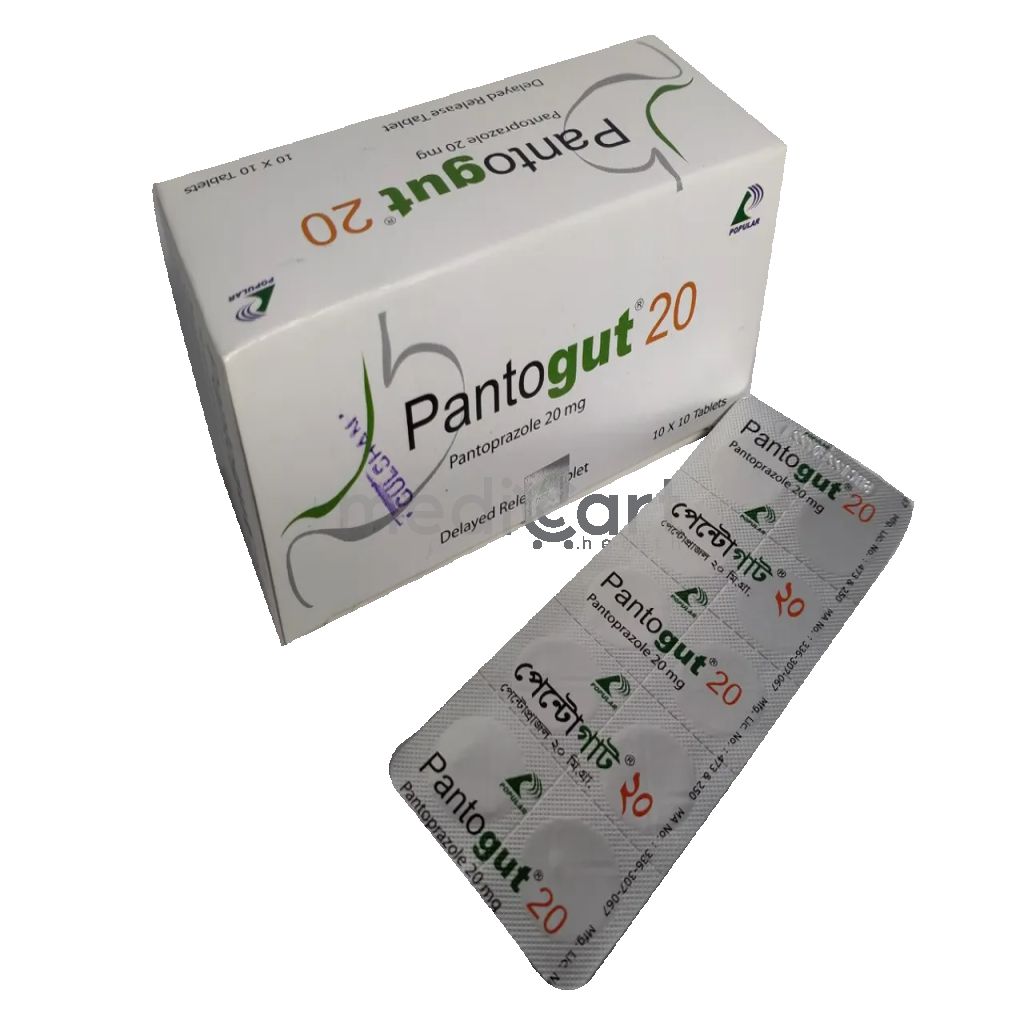

Nitro - 400mcg
Spray
Pack Size :
1 Bottle x 1 Packet
Generics :
Nitroglycerin
Manufacturer :
Aristopharma Limited
Best Price *
TK
270.00
* Delivery will be done in Dhaka city only.
Alternative Product
More Information About - Nitro - 400mcg
Description
Generic Name
Glyceryl Trinitrate (nitroglycerine)Precaution
Severe hepatic or renal impairment, hypothyroidism, malnutrition, hypothermia. Cerebrovascular disease, lung disease or cor pulmonale. Pregnancy, lactation, glaucoma, mitral valve prolapse, cardiac tamponade, syncope. Gradual withdrawal in patients who have received prolonged high dose infusions. Avoid prolonged excessive hypotension. Nitrate-free interval is recommended in patients on continuous treatment with nitrates to reduce risk of tolerance. Lactation: not known whether the drug crosses into breast milk, use cautionIndication
Angina pectoris, Acute myocardial infarction, Severe hypertension, Pulmonary edema.Contra Indication
Hypersensitivity. Severe hypotension, heart failure, marked anaemia, hypertrophic obstructive cardiomyopathy, cerebral haemorrhage or head trauma, low cardiac output secondary to hypovolaemia, inferior MI with right ventricular involvement, raised intracranial pressure. Concomitant use with phosphodiesterase type-5 inhibitors.Dose
N/ASide Effect
Common Headache,Hypotension,Tachycardia,Dizziness,Lightheadedness,Blurred vision,Flushing,N/V,Nervousness,Xerostomia Serious Methemoglobinemia (rare),Syncope,Prolonged bleeding time,Exfoliative dermatitis,Unstable angina,Rebound hypertension,Thrombocytopenia Sublingual Tabs/Spray: Dry mouth, localised burning sensation. Buccal tablets: Delayed dissolution, may be swallowed by mistake. Potentially Fatal: Hypotension, paradoxical bradycardia, impaired respiration, syncope and collapse.Pregnancy Category
Name : C
Description
Animal reproduction studies have shown an adverse effect on the fetus and there are no adequate and well-controlled studies in humans, but potential benefits may warrant use of the drug in pregnant women despite potential risksMode of Action
Glyceryl trinitrate acts on the enzyme nitric oxide stimulating guanylate cyclase in the vascular smooth muscle cells resulting in the relaxation of smooth muscles. It reduces venous return (preload) and facilitates subendocardial blood flow with redistribution into ischaemic areas. It relieves coronary vasospasm and dilates arterioles reducing afterload. It is useful for relief and prevention of anginal attacks.Interaction
Enhances bioavailability of dihydroergotamine. Glyceryl trinitrate infusion may prolong pancuronium-induced neuromuscular blockade. May reduce the efficacy of heparin, alteplase and noradrenaline when used together. Efficacy of buccal and sublingual preparations may be reduced by drugs that can cause dry mouth due to decreased dissolution. Aspirin and other NSAIDs may reduce the therapeutic response to glyceryl trinitrate. Potentially Fatal: Orthostatic hypotension may be produced by combined use of calcium channel blockers, antihypertensives, phenothiazines and TCAs. Alcohol may cause severe hypotension and collapse.Pregnancy Category Note
Pregnancy Category: C Lactation: not known whether the drug crosses into breast milk, use cautionAdult Dose
Oral Stable angina Adult: As SR tab/cap: 2.6-6.4 mg 3-4 times daily, adjust according to response. Max: 26 mg 4 times daily. Sublingual Tablet Angina Pectoris (Acute Relief) 0.5 mg SL q5min up to 3 times; use at first sign of angina Angina Pectoris (Prophylaxis) 1 tablet SL 5-10 minutes before activities likely to provoke angina attacks Sublingual Spray Angina 1-2 spray(s) PRN for angina, may repeat q3-5min, not to exceed 3 sprays in 15 minutes Spray onto or under tongue; do not inhale, expectorate or rinse mouth for 5-10 minutes Seek medical attention if pain persists after 3 doses in 15 minutes Angina, Prophylaxis 1-2 sprays 5-10 minutes before activities likely to cause angina Transdermal Stable angina Adult: As patch releasing 2.5-20 mg/24 hr: Apply 1 patch onto a fresh area of skin (chest, upper arms, thigh or shoulder). Max: 20 mg daily. Prophylaxis of phlebitis and extravasation secondary to venous cannulation Adult: As patch releasing 2.5-20 mg/24 hr: Apply 5 mg patch distal to the IV site, replace patch at a different skin site either daily or after 3-4 days depending on the patch; continue for as long as the IV infusion is maintained. Intravenous Acute myocardial infarction Adult: 10-100 mcg/min, w/ the dose initially at the lower rate, then increase gradually according to response. Induction of hypotension or control of hypertension during surgery Adult: Initially, 5-25 mcg/min, adjust according to response. Usual range: 10-200 mcg/min; doses up to 400 mcg/min may be required in some cases.Child Dose
N/ARenal Dose
Renal Failure CrCl: 10-50 mL/min: Administer q24-72hr CrCl: <10 mL/min: Administer q72-96hrAdministration
N/ADisclaimer
The information provided herein are for informational purposes only and not intended to be a substitute for professional medical advice, diagnosis, or treatment. Please note that this information should not be treated as a replacement for physical medical consultation or advice. Great effort has been placed to provide accurate and comprehensive data. However, Medicart along with its authors and editors make no representations or warranties and specifically disclaim all liability for any medical information provided on the site. The absence of any information and/or warning to any drug shall not be considered and assumed as an implied assurance of the Company.










